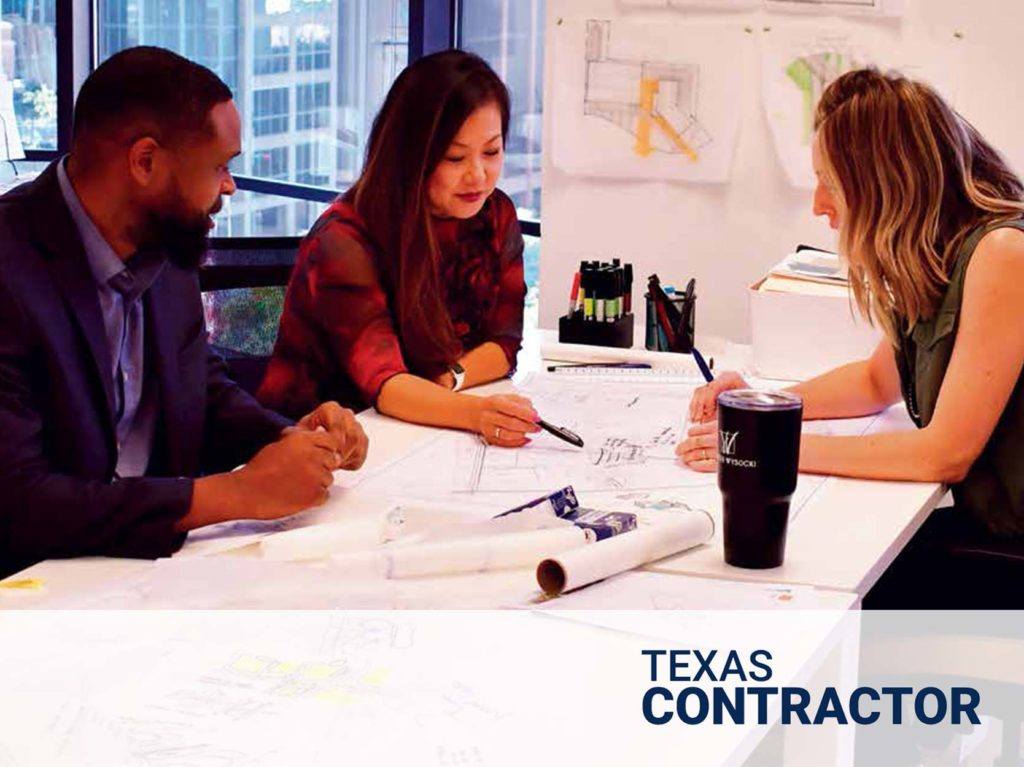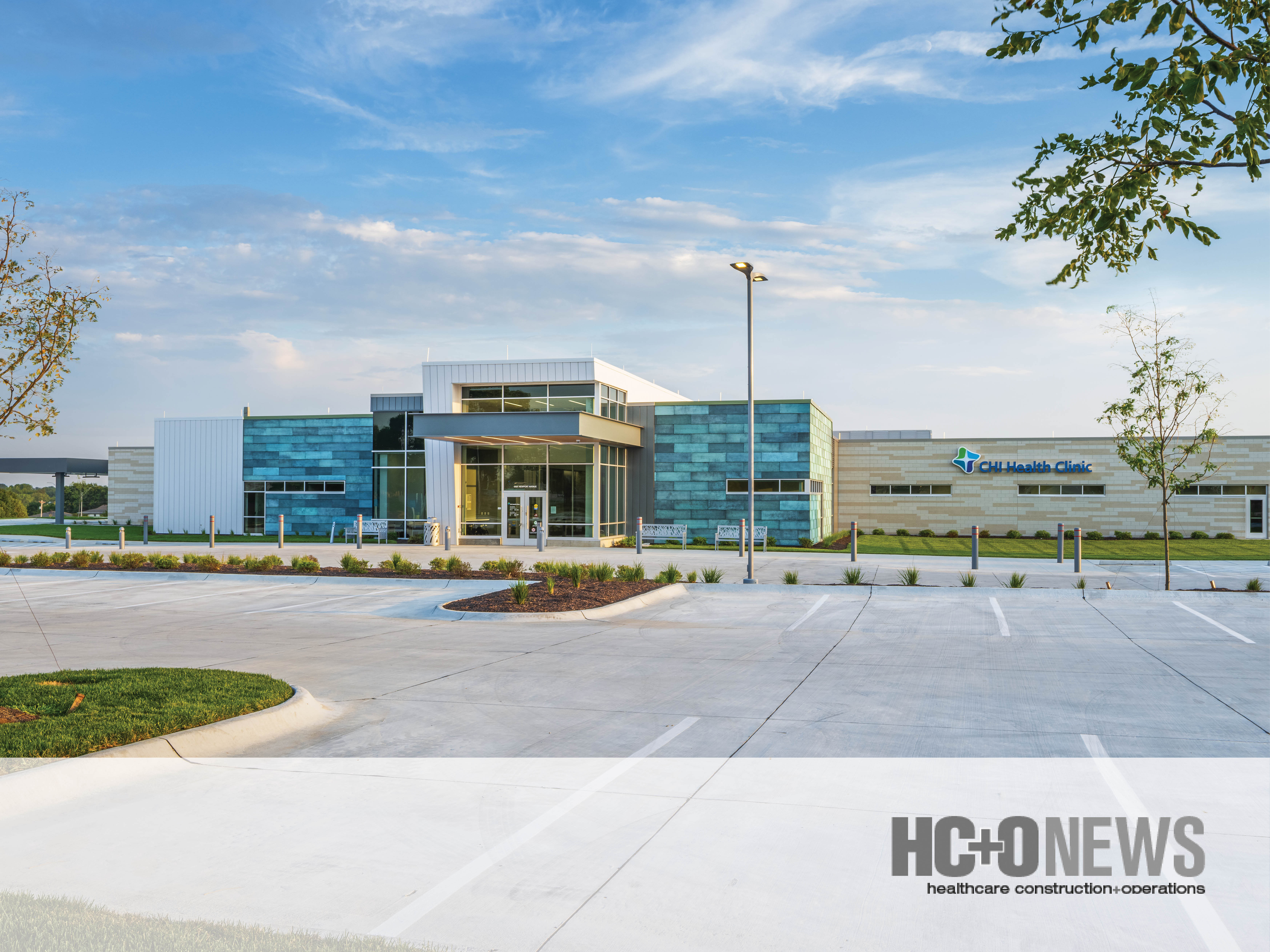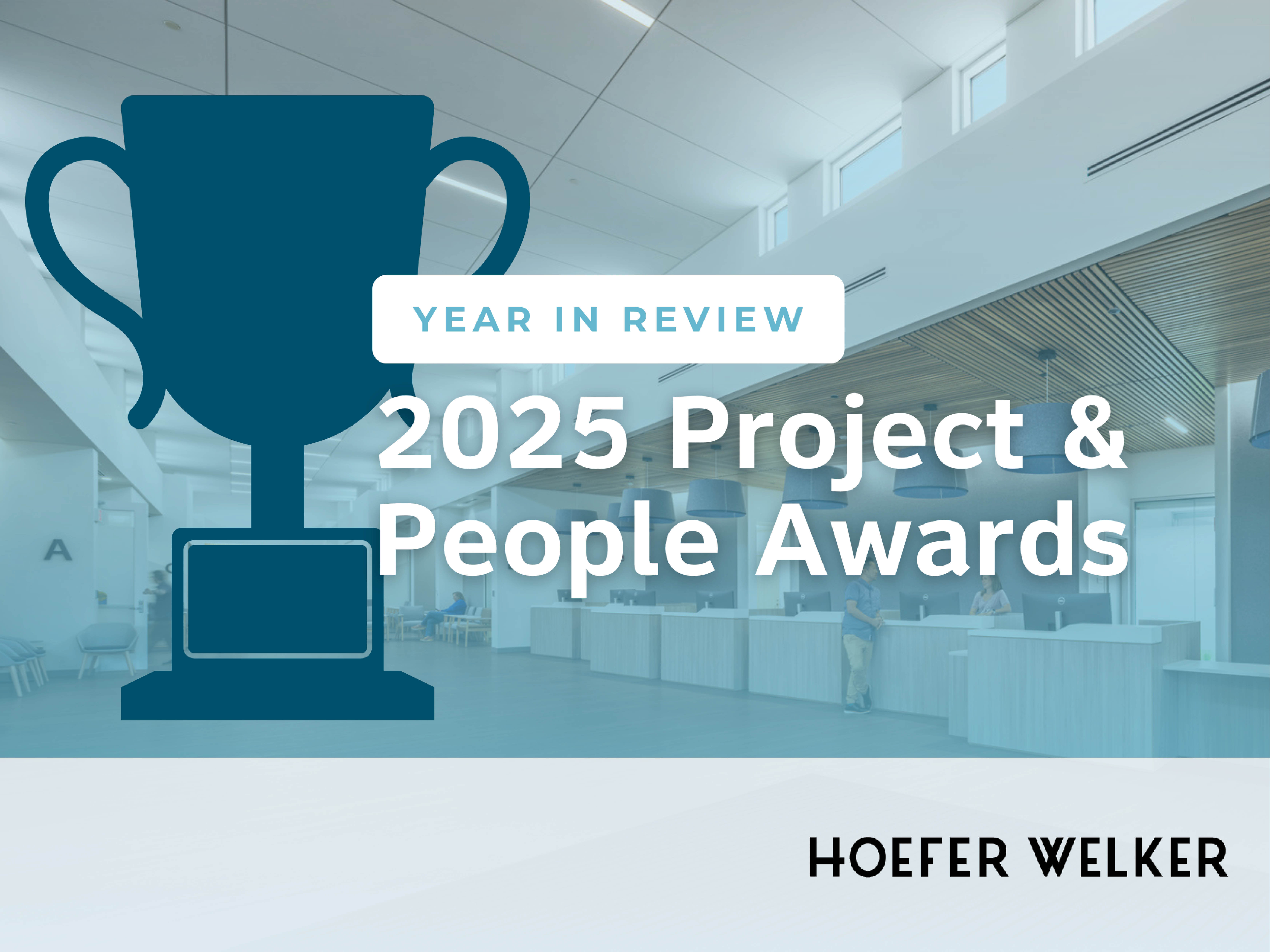Modular and Prefabricated Design Part I: The New Mainstream for Health Systems
A recent HCO News article highlights how modular and prefabricated design is becoming a mainstream solution for healthcare systems facing rising...
![Built to Heal: VA Hospital Design [Q&A]](https://hoeferwelker.com/hubfs/Imported_Blog_Media/Texas-Contractor-Press-Thumbnail.jpg)

What happens when you combine governmental procedures and project budgets with the unique healthcare needs of the country’s veteran population?
In addition to a rigorous approval process and attention to facility security issues, “Designing for veterans requires a very emotional and compassionate viewpoint,” said Haewon Kim-LaBroad, AIA, ACHA, NCARB, LEED BD+C, Vice President and Director of Clinical Planning for Hoefer Welker in Dallas.
The U.S. Department of Veterans Affairs (VA) operates one of the largest healthcare systems in the country through the Veterans Health Administration. With an aging veteran population and expanding care options, design for VA facilities continues to evolve.
“As the need for veteran services grows, there’s an obvious demand for more immediate and consistent access to care,” Kim- LaBroad said. “Design for VA healthcare facilities needs to take into consideration the increased patient load, growth and convenience of telehealth services, the increasing female military population, and the necessary mental health requirements.”
A registered architect with nearly two decades of international healthcare planning and design experience, Kim-LaBroad has worked on a variety of VA facilities, as well as other healthcare projects ranging from large hospital campuses to small clinical renovations.
Born in Seoul, South Korea, she grew up in Brownsville, Texas, dreaming of becoming an architect. She earned a Masters of Architecture with a Certificate in Healthcare Facilities Design, as well as bachelor’s degrees in Environmental Design and Construction Science, from Texas A&M University in College Station, Texas.
Kim-LaBroad joined Hoefer Welker in 2016 after working as an Associate/Senior Medical Planner at Perkins & Will and an Associate/Medical Planner at CallisonRTKL, both in Dallas. She is an active member in the Dallas American Institute of Architects (AIA) Women in Architecture Committee and was selected for the Dallas AIA Advanced Leadership Program.
In her interview with Texas Contractor, Kim-LaBroad shares the lessons she learned throughout her career, including strategies for designing and building healthcare facilities that effectively and efficiently serve the needs of U.S. veterans.
I grew up in a family of entrepreneurs who taught me that working hard and being committed and passionate about whatever you do will bring happiness and success. The motto I live and work by – do what you love – was ingrained in me by my parents and the example they set in their lives.
After I had my first child, I struggled with the balance of professional aspirations versus the responsibilities of a new mom. John Castorina, Managing Partner of our Dallas office and a family man himself, pointed out that there are two paths to achieve my goals: the fast highway or the scenic route. He explained that as long as I maintain dedication to my growth and keep my eyes on the goal, both paths lead to the same destination – the only difference is the speed in which I arrive, and the leisurely route is okay. To this day, when I face struggles of work-life balance, I remind myself of that conversation over a decade ago.
In order to succeed, you have to be passionate about what you do. If you don’t love what you do, it’s just…work. My motivation has always been the impact my designs have on people’s lives, both emotionally and physically – particularly in healthcare when people are at their most vulnerable.
Understanding the patients’ needs and the trauma they’ve experienced is paramount. There’s a greater sense of respect and sensitivity. Knowing that facility staff and users want to give more back to our veterans drives our team to find flexibility in design and often go above and beyond a standard of care to exceed value within the pre-established budget. Security standards are another very important aspect of VA facilities. From space adjacencies to material specifications, the amount of thought and process to achieve security measures for VA hospitals exceeds other non-veteran facilities.
Project scope is often developed years before approval and funding. As a result, the program and specifications can become outdated, and updating them can be a challenge. In addition, due to the governmental process involved in approval and funding of projects, there’s often hesitation to implement changes that establish value, so the design team must be diligent in facilitating discussions to help prioritize goals and value them against the established scope.
Working with the government is always a different process. Budget approvals have to come from multiple sources and higher-level offices. The result is a longer and more rigorous approval process during which significant scope changes can emerge. If this occurs after the approval and funding, the result can be detrimental to the project, so the design team must always remain budget-conscious and prepared with mindful alternatives.
It’s imperative that the contractor understands the VA process, restraints, and goals of the end product. Limited flexibility in design, process, and budget requires a more active partnership with the owner and design team.

A recent HCO News article highlights how modular and prefabricated design is becoming a mainstream solution for healthcare systems facing rising...

2025 brought a number of recognitions for our work, our people, and our growth as a firm. From project awards to individual honors and business...

Mara Sabatini, Vice President and Senior Project Manager, was recently featured in BD+C’s article, Leadership in Practice: How 40 Under 40 Alumni...